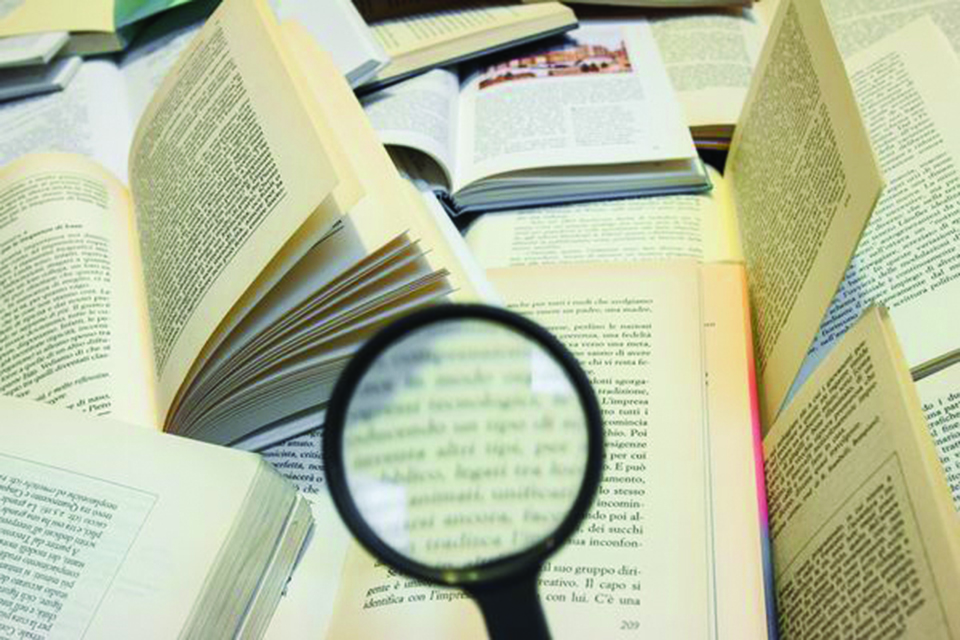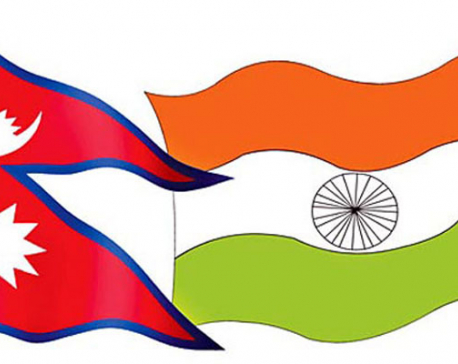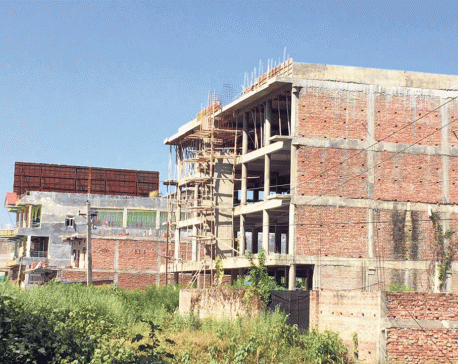
OR

Media should document cases of plagiarism. But it should also highlight novel research findings published in top-tier academic journals
Media houses in Nepal have recently covered the cases of plagiarism among university professors and medical doctors with vehement enthusiasm. This demonstrates the need to document the unfortunate state of academic dishonesty that appears to be prevalent among a select group of researchers. However, it is also essential to underscore the scope of both original and important research currently taking place among a large number of Nepali academics across the world. Unless the media highlights this positive side of the story, the widening gap between academic research and sound policy-making will deteriorate the prospects for evidence-based policy design in Nepal.
Last October, we learned that six researchers, including five Kathmandu University doctors, co-authored a plagiarized research article on thyroid dysfunction among infertile women. More recently, we found out that a Tribhuvan University affiliate copied significant portions of a published article on seasonal migration and livelihood to qualify for promotion in the department. In the past, media has rightfully documented such cases of plagiarism among Nepali academics, questioning the role of academic integrity, the quality of research institutions, and the future of scholarly research.
However, it appears media’s sheer obsession with reports of plagiarism far outweighs its genuine enthusiasm for discussions of path-breaking research. A precursory glance at the mainstream print media reveals that there exists a dearth of coverage on original scholarly research with significant policy implications for Nepal. This leads to a more pressing question: What factors drive this potential media bias, and what steps can be taken to alleviate this problem?
Factors at play
First and foremost, academics across the world are incentivized to publish scholarly research in peer-reviewed journals for tenure. This implies that media coverage on their research, even if the work is novel and important, counts little towards their academic promotion. Consequently, academic researchers barely invest time and effort to disseminate their research findings among newspaper outlets. Although academic researchers have increasingly started to summarize their key findings targeting general audiences on social media, this amounts to merely a drop in the ocean.
Second, news coverage on plagiarized research articles serves as the low-hanging fruit from a media’s perspective. This is partly because it is relatively easier to discuss what portion of an article has been lifted from sections of a different manuscript. On the other hand, it is much more difficult to paraphrase the core message of a well-crafted published paper that has gone through a rigorous peer-review process among experts in the field. This requires that journalists invest significant amount of time and demonstrate a strenuous intellect before writing about the merits of a good research, including potential repercussions on policy-making.
Media role
Under these circumstances, the role of media to emphasize the existence of good research conducted by Nepali academics is indispensable. On one side, academics have an implicit desire to ensure that their findings reach a wider spectrum of audiences, contrary to academic tenure expectations. On the other side, journalists have an exciting opportunity to explicitly delve into a new avenue, which offers fresh insights on topics that are of potential interest to general readers. This raises a six million dollar worth question—how can we minimize the existing gap between the academic scholars and journalists?
First, academics should actively pursue media circles, conveying the relevance of their published research in relation to Nepal’s policy-making. This allows media practitioners to investigate how findings of such published articles can be generalized in the context of contemporary socioeconomic conditions. This is also a perfect example of how media can help policy makers be well-acquainted with critical research findings, and contribute to crafting effective policies and serving the public.
Second, the media should leave no stone unturned in its comprehensive search for a wide range of academic researchers currently working on Nepal’s issues, including both PhD candidates and professors. More importantly, mainstream media can’t afford to turn a deaf ear to requests from academic researchers, who might resort to journalists for potential outreach. Although it behooves the media to consider the significance of published research findings and disseminate across a wider group of readers, newspaper reports rarely discuss policy implications of a well-crafted research in the context of Nepal.
The lack of extensive coverage on a recently published study on the long-term impact of the 1988 earthquake on educational outcomes of children born in eastern Nepal is a case in point. This is the first-ever empirical study conducted using a nationwide household data in Nepal, which offers several lessons for policy makers in understanding the human capital costs of a large natural disaster. However, the media appeared so engrossed with the plagiarism-related case that it possibly let this issue fall between the cracks.
In fact, there exists several other Nepal-based studies published in prestigious academic journals recently, ranging from socioeconomic effects of community-managed forests to demographic ramifications of the monarch abolition. Sadly, print media appears to focus more on plagiarized research cases, and tends to overlook well-published research studies that are more relevant under current circumstances.
In conclusion, both academics and journalists have an axe to grind in creating and sharing knowledge of policy-relevant issues for the general public. Academic researchers in Nepal should be more cognizant of plagiarism, and work diligently toward authoring original scholarly research articles. More importantly, the print media should document cases of plagiarism, but at the same time highlight novel research findings published in top-tier academic journals.
The author is a PhD candidate in environmental and resource economics at University of Massachusetts Amherst
jpaudel@umass.edu
You May Like This

Ed Sheeran in €100m Gaye plagiarism case over Gaye song plagiarism
Ed Sheeran is being sued for $100m (€85.6m) for allegedly plagiarising parts of Marvin Gaye's classic 'Let's Get It On'... Read More...

Unbreakable Nepal-India Relationship: Why Cracks Occur?
Nepal is an independent and sovereign nation and can manage its own internal affairs. However, from time to time, complaints... Read More...

State of real estate
How is it possible that land prices in Nepali cities with poor infrastructure are close to land prices in London,... Read More...







Just In
- NRB to provide collateral-free loans to foreign employment seekers
- NEB to publish Grade 12 results next week
- Body handover begins; Relatives remain dissatisfied with insurance, compensation amount
- NC defers its plan to join Koshi govt
- NRB to review microfinance loan interest rate
- 134 dead in floods and landslides since onset of monsoon this year
- Mahakali Irrigation Project sees only 22 percent physical progress in 18 years
- Singapore now holds world's most powerful passport; Nepal stays at 98th












Leave A Comment